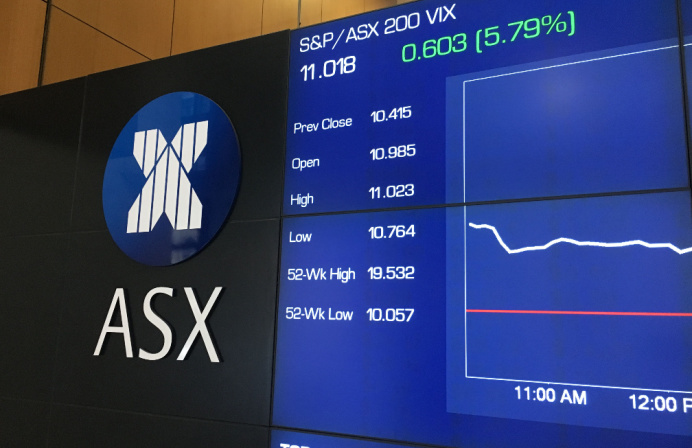
The Australian Securities Exchange (ASX) has outlined its plan to maintain the operational reliability of its current clearing and settlements system, CHESS, until up to 2032, releasing details of the plan in a report ordered last year by regulators ASIC and the Reserve Bank of Australia (RBA).
The heavily redacted ASX Special Report, which was released alongside an independent audit by EY, largely confirmed that the now nearly three-decade-old CHESS system’s operations, security controls, availability, and governance processes remain fit for purpose – that is, until an “operationally reliable” replacement system is ready to go live.
The ASX added that the existing CHESS system will remain in place until at least 2025 (when a new system is hoped to be ready), with an extended support and maintenance timeframe set until 2032 – which was recommended by ASIC.
“CHESS,” the report said, “is supported by operational capabilities to maintain the system through the extended period” – up to 2032 – with “structured processes… in place to… to avoid obsolescence”.
The ASX added that it will “continue to invest in and enhance CHESS to support the long-term interests of Australia’s financial markets and meet applicable regulatory requirements, including the [RBA’s] FSS [Financial Stability Standards]”.
As part of its report, the ASX also proposed a new roadmap detailing – in 27 separate initiatives – how it will maintain the ongoing operation of current CHESS (with regards to the system’s capacity, availability, performance, and IT management) as well as security and continuity, particularly in addressing ongoing risks.
Among these include critical systems updates required to maintain the ongoing operations of the CHESS system, including upgrades to ageing operating systems, hardware, network, monitoring, hardware security modules, shared storage array and platform support.
The completion of the vast majority of tech upgrades is expected by mid-2024 (with the CHESS roadmap initiatives expected to be delivered by 2025), with a final unspecified “backend upgrade” due by December 2026.
The ASX also singled out the critical upgrade of its ageing middleware system, CORE, used by CHESS to receive and process the majority of market trades and provide the source of all security-related reference data. CORE is also the source of trades that have occurred on ASX Trade – the securities exchange’s ultra-low latency cash market trading platform.
The ASX said it plans to migrate from the existing CORE system (which is capable of handling up to 10 million trades per day after a 2020-21 upgrade) to a new CORE replacement platform (capable of handling up to 15 million trades per day).
Separately, EY’s audit report, which largely backed the Special Report’s claims that it has addressed ASIC and the RBA’s concerns and has sufficient governance arrangements, also urged for the accelerated creation and implementation of an assurance program “within 90 days” that validates the planned scope and outcomes of the CHESS roadmap.
ASIC and RBA mandated the drafting of the reports following the ASX’s decision to pause its CHESS Replacement Program last November, revealing at the time significant deficiencies in its blockchain-backed replacement system that required an immediate halt to the program.
The dual reports, the regulators said, were there to “ensure that all necessary steps are taken to support and maintain current CHESS until its replacement is successfully implemented”, as well as to assist the regulators in determining whether further action will be required.
Speaking in response to the reports, ASX chief executive Helen Lofthouse said the securities exchange would “continue investing in and enhancing CHESS to support the long-term interests of Australia’s financial markets, and to ensure we continue to meet applicable regulatory requirements”.
“We are making good progress on the CHESS replacement solution design and our intention remains to announce the solution design by the final quarter of this calendar year.
“I would like to thank all of our stakeholders that are working alongside us to deliver the best long-term clearing and settlement solution for the Australian financial market.”





